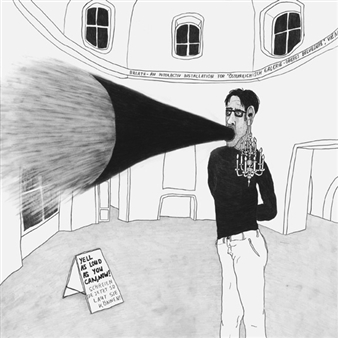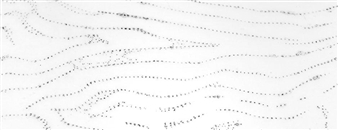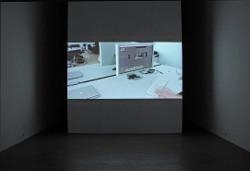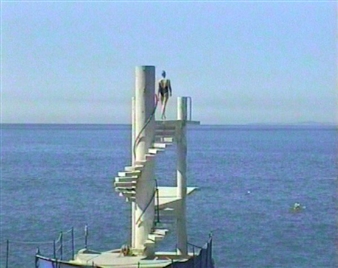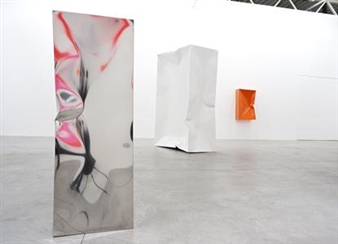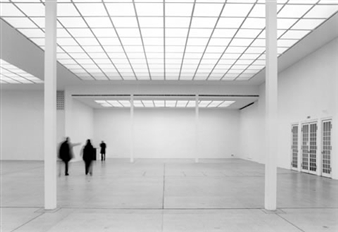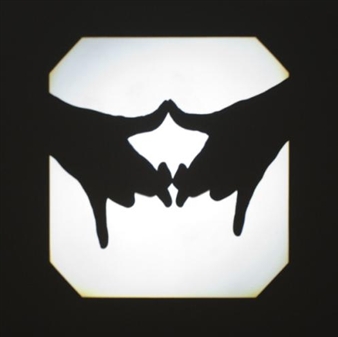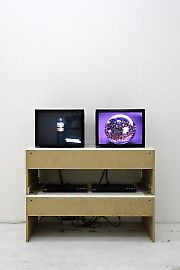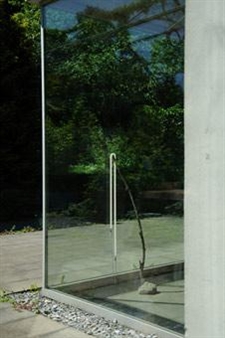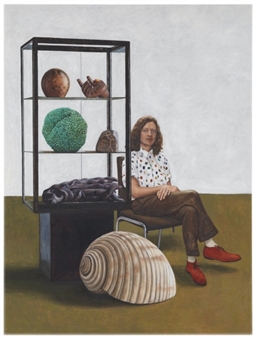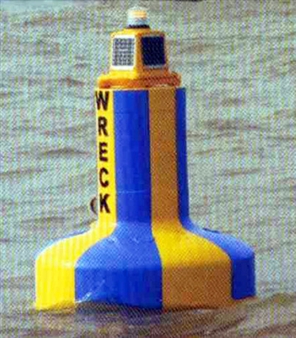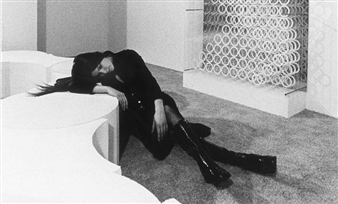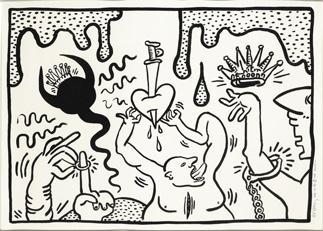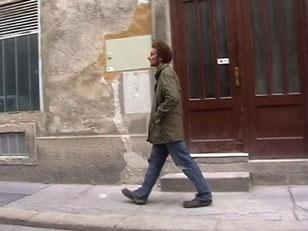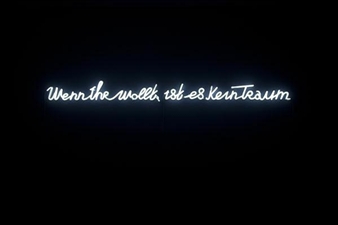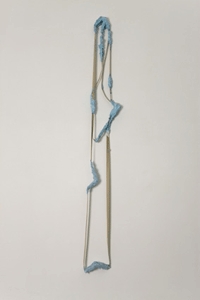body luggage - migration of gestures
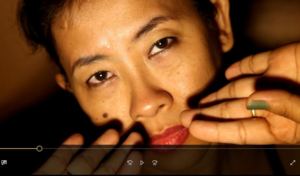
Kunsthaus Graz, Steiermark, Graz, 09/24/2016 - 01/08/2017
Kunsthaus Graz Universalmuseum Joanneum Lendkai 1,8020 Graz, Austria
New commissions by Kemi Bassene, Padmini Chettur, Jimmy Chishi, Chaw Ei Thein, Milica Tomić, Caecilia Tripp, Simon Wachsmuth, Gernot Wieland, Sawangwongse Yawnghwe, Portia Zvavahera. Cues from the archives of Hilde Holger (1905–2001), Shiavax Chavda (1914–90), Chandralekha (1928–2007), Htein Lin, et al. Texts by Bessora, Laure Guilbert, Desmond Kharmawphlang, Francesca Recchia, Nora Sternfeld, and Françoise Vergès
body luggage imagines the migration of cultural signs across borders, of body language as the signs carried on our backs, even if they are the only luggage we are able to carry. What people bring with them in situations of exigency become the basis of archives of memory—from a previously uninhabited island’s search for “oral objects” carried by slaves and indentured workers for the proposed museum Maison des civilisations et de l’unité Réunionnaise, to the recent Archivio Memorie Migranti in Lampedusa. When on one side of the sea bodies are returned to slavery, translatable as currency, and on the other, there is time enough to frame Danish “jewellery laws” to confiscate everything of value from those seeking refuge—then among the inalienable things carried, is body language, carried like frozen shapes within the body’s own memory.
By placing history alongside artistic mutations the exhibition asks questions of how avant-garde forms transmit, or are provoked. Why does a choreographer at the centre of the Viennese dance world—forced to flee the Nazi regime within a day to Bombay carrying nothing—exchange the word “dance” for only “body movement”? Why does an Indian dancer re-invent classical forms in the ’80s, immediately following her trial of sedition against the state? What induces an artist, after torture and years in exile, to engage in an ancient form of comic dance as a basis for pioneering performance art in Burma/Myanmar under the dictatorship of the ’90s? Why does an artist consider the body parts from mass graves in Bosnia suitable for a novel non-identitarian politics of memory?
The mutation of forms, as put forward by Alois Riegl with the acanthus leaf and Aby Warburg with hand-gestures in his Mnemosyne were attempts to connect the world’s art histories to each other, through the lens of a detail. The works of body luggage open the idea of cultural continuance amidst traumatic displacement of bodies, objects and histories, through what is carried, transmitted and recast in cultural and body memory. Paintings, sculptural and moving image works, textiles, archives of photographs and drawings, an artistic lab in continuance through the duration of the exhibition, and texts that comprise a reader, challenge art history, seeking how its methods may be expanded to wider avant-garde use.
For More Information